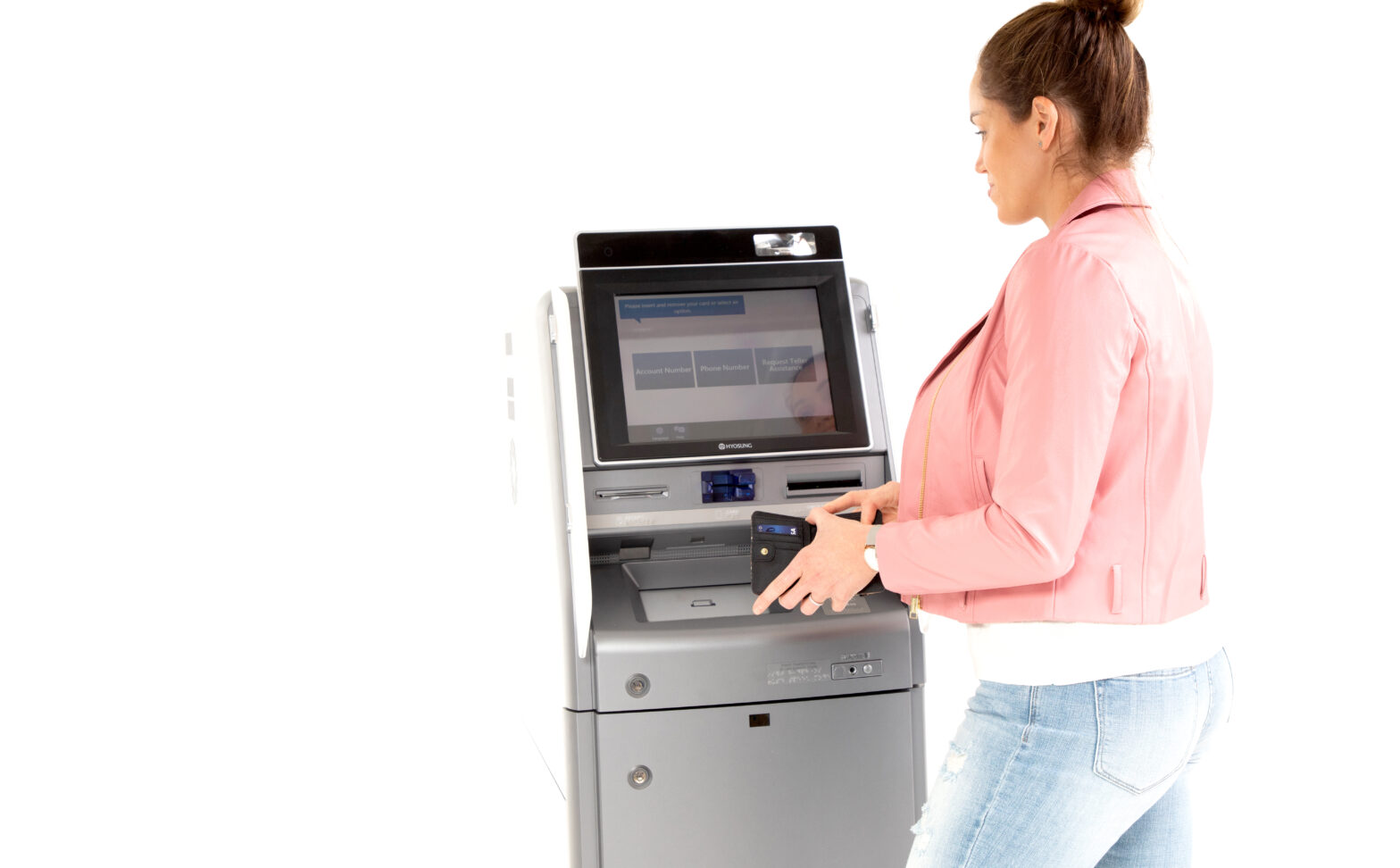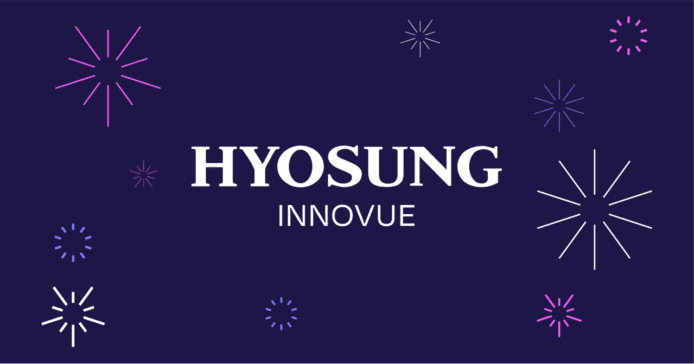

Bill Budde is the Vice President of FI Strategy for Hyosung. In this role, he helps banks and credit unions make decisions about branch transformation technology and unlock the value of those investments. Prior to joining Hyosung, Bill worked at JPMorgan Chase in both the Retail Banking and Merchant Processing business units, developing and implementing many self-service capabilities.
When ATMs first appeared on the scene in the late ‘60s, they quickly became an important part of a financial institution’s portfolio of service offerings. Over the first thirty years of its existence, the ATM served a single function – around-the-clock banking access. In the late ‘90s, a new type of ATM emerged – compact, easy to install and service, inexpensive – the retail ATM.
Continue improving your customer security with the latest Hyosung security options today!
With these divergent needs for self-service cash access, the ATM world split in two, between banking and retail ATMs.
Innovation at the ATM ultimately took separate paths, with financial institutions and retailers having separate priorities. For retailers, the ATM was a new feature to offer their customers, so that meant finding space to place it in stores with razor-thin margins that were already optimized to utilize every square foot of space. As a result, cost and size efficiency became key vectors for innovation. Additionally, the offering of financial services capabilities was outside retailers’ core expertise, and the lack of a ubiquitous, easy-to-implement deposit platform led to a focus on simplicity – specifically, doing one thing (cash withdrawals), and doing it exceedingly well in a cost-effective manner. ATM providers that managed large ATM portfolios on behalf of retailers used their core ATM expertise and economies of scale to drive for maximum efficiency.
Simultaneously, in banking the automation bug had struck. Financial institutions were looking for ways to make everything more efficient, including customer transactions. As technology such as flexible APIs, hi-resolution scanning, and counterfeit currency detection were added to ATMs, the devices became more like full-service financial kiosks and less like their single-function ancestors. A focus on intuitive design and engaging customer experience helped increase usage, allowing banks to migrate the majority of customer transactions away from operationally expensive teller lines and towards significantly more cost-effective self-service devices. The ATM’s wider range of capabilities, from deposit automation to video connectivity to the efficiency of recycling, also provided optionality in branch design, having a dramatic impact on what had been a cookie-cutter approach to branch construction.
Continue improving your customer security with the latest Hyosung security options today!
Over the last few years, a rapidly changing market has introduced new pressures on both the retail and banking ATM spaces.
Restrictions in place at the beginning of the pandemic forced customers to bank digitally even when cash was involved, many for the first time. Many customers found this experience easier and more convenient than they anticipated, and stuck with their new banking habit even after branches reopened. The increase in self-service has required additional self-service capacity, while the reduction in branch traffic has led to increased branch closures, with strategically placed “leave-behind” ATMs used to meet any physical fulfillment needs.
In retail, the proliferation of Fintech companies offering all manner of financial services combined with the emergence of alternate currencies have provided retailers with the opportunity to provide a host of financial services to unbanked or underbanked customers. Many of those services come with physical fulfillment needs that a typical retail ATM cannot perform, however. As a result, retail ATMs are becoming more sophisticated. Cash acceptance capabilities are now a valuable addition in the retail space, as it provides a mechanism to digitize cash. With cash acceptance, a retail ATM can now provide customers with the ability to load stored-value cards, deposit cash into online spending accounts, send money to people in other parts of the world, or invest in crypto currencies, to name a few examples. This increased capability set has transformed retail ATMs from a cash access convenience to a financial services destination, driving foot traffic to the retailer in the process.
Continue improving your customer security with the latest Hyosung security options today!
Looking forward, these separate paths are continuing to converge, and the distinction between banking and retail ATMs is shrinking further.
Retailers are now looking at trying to get some of the same cash handling efficiencies that banks achieved through recycling, and are exploring using recycling technology for overall site cash management as well as processing their daily bank deposits without leaving the store. This is further pushing ATM recycling technology into the mainstream, transforming it from a “new technology” into something that is necessary to remain competitive. Banks are looking to capitalize on the economies of scale that large ATM management companies can bring by offloading the responsibility of managing their ATMs to a third party, driving demand for those companies to expand their offerings to cover a wide variety of self-service capabilities. The overall needs of the retail and banking ATM segments are becoming more complex, but increasingly similar.
Continue improving your customer security with the latest Hyosung security options today!
As an innovator in the ATM and TCR space for over fifty years, Hyosung is uniquely positioned to meet this complex and challenging time.
From the development of the first small footprint, cost effective retail ATM to the introduction of ATM recycling in the US market, from the development of true assisted service at the ATM to the creation of standardized software processes to expand self-service functionality, we have continually brought new and innovative capabilities to the marketplace. Now, as the requirements from the two separate paths of ATM evolution converge, we are leading the charge in providing the solutions that bring the best of both worlds to market. Small footprint ATM recycling, an API platform for a multitude of financial services, a comprehensive managed service offering for full-function ATMs, innovative form factors – these are just a few of the ways we are leading the way in providing financial services technology.
Contact your Hyosung sales rep or your local Authorized Hyosung Partner to see how Hyosung technology can help you drive your business forward.
